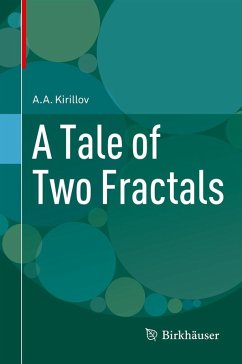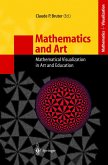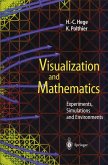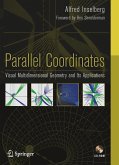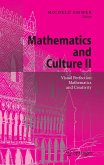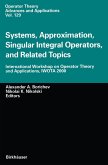Since Benoit Mandelbrot's pioneering work in the late 1970s, scores of research articles and books have been published on the topic of fractals. Despite the volume of literature in the field, the general level of theoretical understanding has remained low; most work is aimed either at too mainstream an audience to achieve any depth or at too specialized a community to achieve widespread use. Written by celebrated mathematician and educator A.A. Kirillov, A Tale of Two Fractals helps bridge this gap, providing an original treatment of fractals that is at once accessible to beginners and sufficiently rigorous for serious mathematicians. The work is designed to give young, non-specialist mathematicians a solid foundation in the theory of fractals.
As its title suggests, this book focuses primarily on two fractals: the Sierpinski gasket and the Apollonian gasket. Over the course of the book, they are developed and discussed in various contexts. Along with fundamental definitions and properties, some of the key concepts and approaches covered include
* the Laplace operator * harmonic functions * generalized numerical systems * Descartes' theorem * rational paramaterizations * group action on fractals * generalization to multiple dimensions
In addition to its explicit goal of providing undergraduate and graduate students with a sound foundation in fractal theory, A Tale of Two Fractals serves to enhance their overall understanding of mathematics by drawing on a wide variety of techniques from other subfields. Furthermore, by virtue of the subject matter, it provides a unique opportunity for students to develop their capacity for recognizing patterns and formulating interesting questions. It is therefore a valuable text not only for any course on fractals or hyperbolic geometry, but also for any survey course with an aim of honing creative-problem-solving skills.
As its title suggests, this book focuses primarily on two fractals: the Sierpinski gasket and the Apollonian gasket. Over the course of the book, they are developed and discussed in various contexts. Along with fundamental definitions and properties, some of the key concepts and approaches covered include
* the Laplace operator * harmonic functions * generalized numerical systems * Descartes' theorem * rational paramaterizations * group action on fractals * generalization to multiple dimensions
In addition to its explicit goal of providing undergraduate and graduate students with a sound foundation in fractal theory, A Tale of Two Fractals serves to enhance their overall understanding of mathematics by drawing on a wide variety of techniques from other subfields. Furthermore, by virtue of the subject matter, it provides a unique opportunity for students to develop their capacity for recognizing patterns and formulating interesting questions. It is therefore a valuable text not only for any course on fractals or hyperbolic geometry, but also for any survey course with an aim of honing creative-problem-solving skills.
Dieser Download kann aus rechtlichen Gründen nur mit Rechnungsadresse in A, B, BG, CY, CZ, D, DK, EW, E, FIN, F, GR, HR, H, IRL, I, LT, L, LR, M, NL, PL, P, R, S, SLO, SK ausgeliefert werden.
From the reviews:
"A Tale of Two Fractals was intended to bridge the gap between popular expositions on fractals and peer-reviewed research papers. ... Kirillov (Univ. of Pennsylvania) includes open questions and conjectures along with references to papers and books that expand upon particular topics beyond the scope of the present volume. ... the book is a useful addition to libraries supporting graduate programs in mathematics ... . Summing Up: Recommended. Graduate students and above." (C. Bauer, Choice, Vol. 51 (4), December, 2013)
"This volume deals with several mathematical problems concerning the qualitative analysis of some models on fractal domains. The author is mainly concerned with the Sierpinski and Apollonian gaskets. ... This volume contains important advances in the theory of fractal sets or hyperbolic geometry. The book is a valuable resource for graduate students and researchers in applied nonlinear analysis." (Vicentiu D. Radulescu, zbMATH, Vol. 1273, 2013)
"A Tale of Two Fractals was intended to bridge the gap between popular expositions on fractals and peer-reviewed research papers. ... Kirillov (Univ. of Pennsylvania) includes open questions and conjectures along with references to papers and books that expand upon particular topics beyond the scope of the present volume. ... the book is a useful addition to libraries supporting graduate programs in mathematics ... . Summing Up: Recommended. Graduate students and above." (C. Bauer, Choice, Vol. 51 (4), December, 2013)
"This volume deals with several mathematical problems concerning the qualitative analysis of some models on fractal domains. The author is mainly concerned with the Sierpinski and Apollonian gaskets. ... This volume contains important advances in the theory of fractal sets or hyperbolic geometry. The book is a valuable resource for graduate students and researchers in applied nonlinear analysis." (Vicentiu D. Radulescu, zbMATH, Vol. 1273, 2013)

